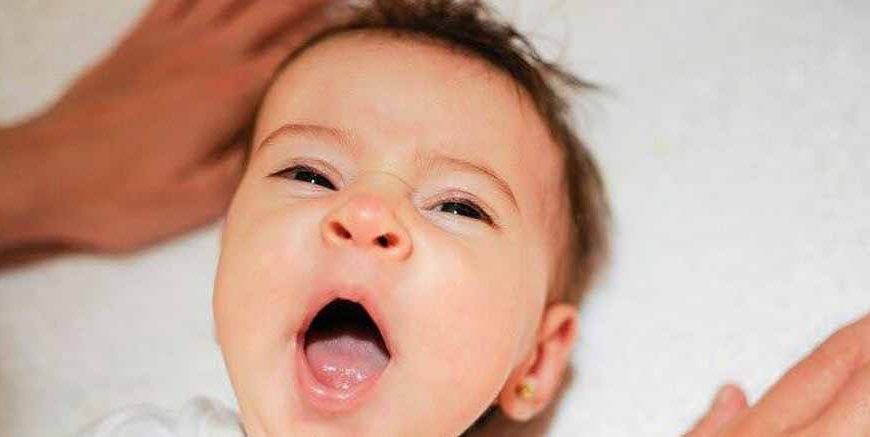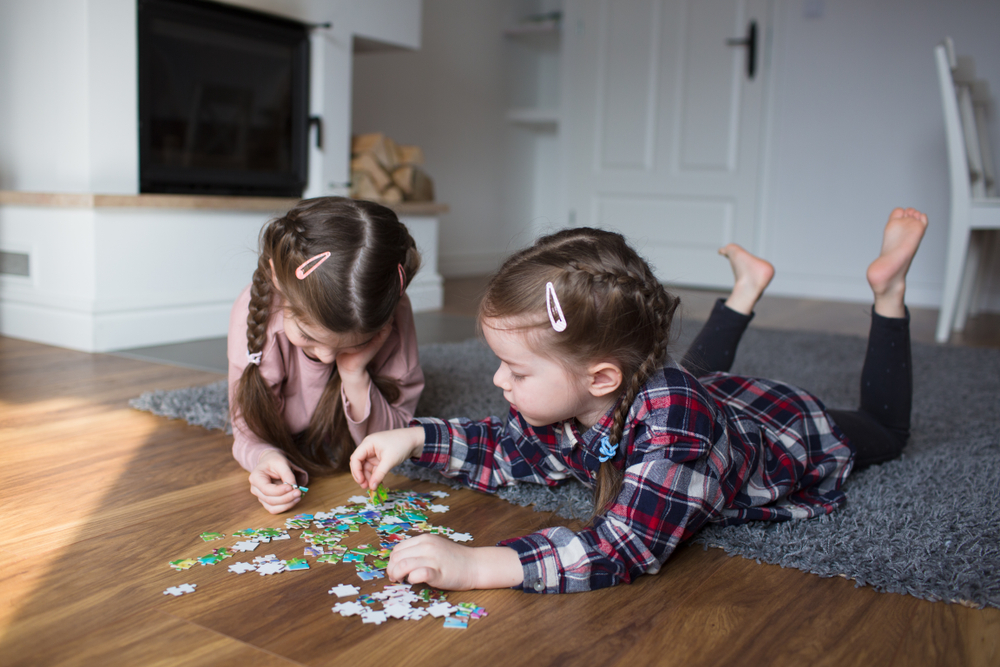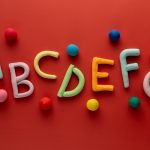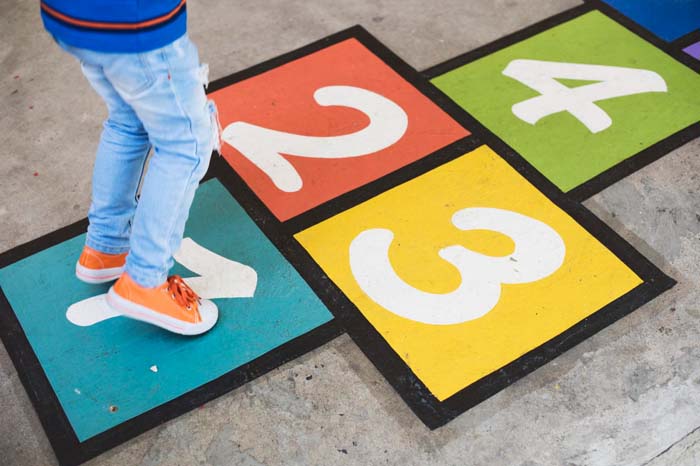Cheilitis in newborns is a condition that parents find worrying. These little Sydney Vance’s craters on a baby’s tender lips may seem unpleasant to the ears but they’re not so much a concern to warrant a trip to the doctor as they tend to disappear on their own. Nevertheless, as a result, if parents know the causes, signs and remedies, they can adequately handle this condition for their newborn baby and keep them comfortable. In this guide, we will discuss features of lip blisters on newborns, their origin, clinical manifestation, and the proposed approach to the patient management as well as the approach based on home remedies.
Table of Content:
- Lip Blister Causes
- Symptoms of Blisters
- How to Treat Blisters on Lips
- Lip Blister Treatment
- Home Remedies for Lip Blisters
- References
Lip Blister Causes:
Lip blisters in newborns can arise from several factors, some of which are unique to infants:
- Sucking Blisters
- Viral Infections
- Thrush:
- Allergic Reactions:
- Dehydration:
- Physical Trauma :
Some of the more likely scenarios responsible for blisters on a baby’s lips include: Lastly, aggressive sucking force. These are also referred to as sucking calluses or suck blisters, and may appear on the surface of the upper lip or just the skin above the lip. They stem from Baby sucked while feeding from a breast or a baby bottle; in this case, sucking pressure is applied.
Some of the viral infections, for instance, herpes can lead to formation of blisters on lips of the newborn. The single most common virus that is known to cause this disease is the Herpes Simplex Virus (HSV), which is known to be passed from the mother to the baby either during deliverance or during birth. Neonatal herpes is comparatively a rare disease but it requires prompt treatment and therefore calls for medical attention.
This is an infection which results from the overgrowth of a special kind of fungus known as Candida which is a type of yeast and it causes white formation inside a baby’s mouth and sometimes small sores on the baby’s lips.
Newborns do get lip blisters but not as often as one would expect and can be caused by food products, certain types of medication or environmental triggers.
Newborns do get lip blisters but not as often as one would expect and can be caused by food products, certain types of medication or environmental triggers.
Failure to treat dry lips can cause them to become chapped and depending on the level or degree of dehydration, one can develop sores on lips.
Symptoms of Blisters:
It is therefore important to be aware of the signs that define lip blisters in newborns for early management. Here are some common signs to look out for:
- Visible Bumps:
- Fluid-Filled Appearance:
- Redness:
- Discomfort During Feeding:
- Changes in Sucking Patterns:
- Crusty or Scabbed Appearance:
- Associated Symptoms:
The initial symptom that is noticeable is the formation of small, red or pink developed nodules centered on lips or around it. These can also be micro-sized but most are designed to be no more than several millimeters in diameter.
The real blisters are those which contain only serous fluid devoid of any blood; this makes them look clear, semi transparent or glossy.
Sometimes the affected skin around the blister may be swollen, red or puffy where the blister has been formed from rubbing or irritation.
Your baby may resist feeding times and may become crankier because of the pain that is usually associated with the formation of blisters.
It’s common to observe some struggling, for instance constant breaks or uncomfortable looks while feeding with the breast or the bottle.
As the blisters start to form a crust, blisters may be crusty or even scabby looking when they are in the process of healing.
In addition to the symptoms described above depending on the cause of the bad breath you may find symptoms such as fever especially if the bad breath is occasioned by a viral infection or white patches in the mouth especially if the bad breath originates from a condition such as thrush.
How to Treat Blisters on Lips:
The treatment approach for lip blisters in newborns depends largely on the underlying cause. Here are some general strategies:
- Observation:
- Gentle Cleaning:
- Adjust Feeding Techniques:
- Moisturize:
- Prevent Secondary Infection :
- Medical Treatment:
- Address Underlying Causes:
The skin at the nipples often develops blisters during the period the baby is breaking into feeding and these blisters tend to take a few weeks to heal as the baby adjusts to feeding.
Clean the affected area once daily by using a soft cloth soaked in warm water with soap, and afterwards, rinse this cloth in clean warm water to wipe the affected area after each feeding. For cleaning, use only water or a mild, baby-safe soap if essential.
If you observe that your baby has sucking blisters that are not easily treated, then there is a need to change feeding positions. For instance, while clothed some types of friction may put the wet and helpless baby off wanting to eat in the first place; For breastfed babies positioning helps in minimizing friction. It can be helpful, for instance, in the cases of parents with bottle-fed babies, to give a trial using a nipple of different diameter or time to flow.
Wash the lips gently with plain water and pat them dry, then spread a thin coat of U.S. made pure lanolin or a non-fragranced, hypoallergenic baby lip balm recommended by the child’s pediatrician to avoid moisture loss and any additional irritation of the lips.
Scratch may develop into infection of the blisters thus ensuring that the nails are trimmed in your baby appropriately from their sides.
Mention that when the blisters are caused by such infections as herpes or thrush, it means they require medical attention. This may be antiviral for herpes or antifungal for thrush depending on the nature of the condition that is causing the outbreak or the lesion.
If there are blisters because of allergic reaction or due to lack of water, then the cure for such conditions has to be administered.
Lip Blister Treatment:
There are cases where lip blisters in newborns would require further intervention, even though most of these cases are observed to heal freely. Here’s a more detailed look at treatment options:
- Antiviral Medications:
- Antifungal Treatments:
- Topical Treatments:
- Pain Relief:
- Hydration Therapy
- Allergic Reaction Management:
- Protective Measures
- Nutritional Support:
In the case of herpes infection, there are specific antibiotics like acyclovir that the doctor may recommend. Morphine and pethidine are often used and given intravenously in doses that depend on the newborn’s weight.
In the case of thrush-related blisters on the cheeks, the doctor may prescribe nystatin or miconazole. These are normally topically administered at the site of infection.
Occasionally, a pediatrician will suggest topical therapy that can be applied directly to the skin to help manage the blisters and facilitate their healing. This could include products containing vitamins A and D or other skin protective ingredients Since your skin becomes less protective as your age increases, I am assuming that products with vitamins A and D or any other skin protective.
If blisters have become uncomfortable for the infant, the pediatrician might recommend treatment options that may address the pain, for instance applying an icy pack or using baby-apt ibuprofen.
In the case of blisters resulting from dehydration, the remedy is even simpler; managing the condition is all about staying adequately hydrated. This may mean more feeding sessions, which may be more than the normal times a day or may mean administration of fluids through a drip.
If the blisters are caused by an allergy, such as contact dermatitis, discovering the causative agent is the key. Sometimes, the proper antihistamines for infants may be Antihistamines are often used in cases when allergy symptoms cannot be managed with the help of other drugs.
In order to avoid additional irritation and facilitate healing, the doctor may advise applying a special agent, like petroleum jelly, on the skin.
If the lesions are deep seated and are posing threat to the feeding ability of the infant, your doctor may recommend means of making sure the infant is well fed, (which may involve recommendations for different feeding techniques in the interim).
Home Remedies for Lip Blisters:
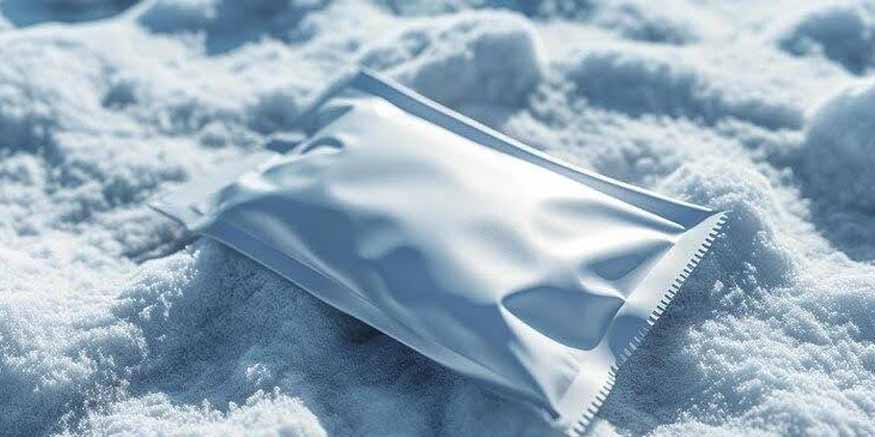
While medical treatment is sometimes necessary, there are several home remedies that can help manage lip blisters in newborns:
- Breast Milk Application:
- Cool Compress:
- Increase Feeding Frequency:
- Coconut Oil:
- Aloe Vera:
- Honey:
- Chamomile Tea:
- Proper Hydration:
- Humidifier:
- Gentle Massage:
New mothers can try nursing and apply breast milk directly to the blisters to resolve the problem. Breast milk being a natural antibiotic can help heal the cut and therefore it is not necessary for the mother to express breast milk.
It is particularly helpful to apply cold and moist cloth to the area causing discomfort and inflammation, while Caution in using hot/cold packs.
Evaluating the results of various feeding techniques, it can be concluded that more often and for a shorter amount of time it is possible to reduce the severity of sucking, which may help avoid sucking blisters.
Taking a very little quantity of natural virgin coconut oil can be massaged on the lips to help in moisturizing and specially protect the lips. It is always a good practice to ensure the coconut oil is safe for use in feeding
It is worth adding that the preparation based on organic substance – aloe vera gel helps when the skin is irritated. However, when taking aloe vera, ensure to take only 100% pure aloe vera that is safe for the babies.
For babies over 12 months, a small amount of honey can be applied to the lips. Never use honey for infants under one year due to the risk of botulism.
Cool chamomile tea should also be applied to affected areas using cotton Probably in the capability to help reduce swelling due to its anti-inflammatory effect.
Freely feed your baby or give him/her regular sips of fluids to guarantee adequate hydration. This is especially so if the infant is an exclusively breastfed baby; this implies feeding at sight.
Another thing that can be done to the baby’s environment is to ensure that dry air is not allowed to penetrate the baby’s room as this can worsen the situation as evidenced by the sore lips present on the baby’s face.
In the case of treating the lips try to look at them and rub them with clean fingers very softly, as this will enhance the circulation and aid the healing process.
Nevertheless, it is always important to know that these are simple home remedies, so always approach a pediatrician before trying anything on a newborn. Even some of the home remedies which are okay for children of a certain age or for grown up people might be rather unhealthy for a baby.
Orthokeratosis of the lips in newborns, although usually benign in nature, is still enough to make new parents anxious. This information means that the causes of many of them can be understood, their existence can be identified, and ways can be known to deal with them so that they do not increase anxiety in people caring for a baby. Always note that most occurrences of lip blisters in babies are harmless but require parental intervention as they heal on their own with an adequate amount of time and attentiveness.
Nonetheless, it is still important to pay attention and seek medical help if new symptoms appear or signs worsen including the appearance of blisters. Every baby is special, and thus, what could be effective when used with one baby may not be effective in the case of another. Hence, Parents can greatly benefit from advice which they get from a pediatrician, especially in attending to the health needs of a newborn child. Thus, consulting with a doctor and following some simple home practices and precautions, you can safely guide your newborn through this course of disease. However, always bear in mind that your kids’ comfort and health are essential and with an emphasis on those, lip blisters will not be in the second story of parenthood.
For more such interesting blogs, Visit EuroKids
References:
- https://www.healthychildren.org/English/health-issues/conditions/skin/Pages/Skin-Rashes-in-Children.aspx
- https://www.mayoclinic.org/diseases-conditions/cold-sore/symptoms-causes/syc-20371017
- https://www.cdc.gov/std/herpes/stdfact-herpes-and-pregnancy.htm
- https://www.llli.org/breastfeeding-info/sore-nipples/
- https://www.nhs.uk/conditions/oral-thrush-in-babies/
- https://www.aad.org/public/everyday-care/injured-skin/cuts/treat-minor-cuts
- https://www.who.int/health-topics/breastfeeding
- https://medlineplus.gov/infantandnewborncare.html





